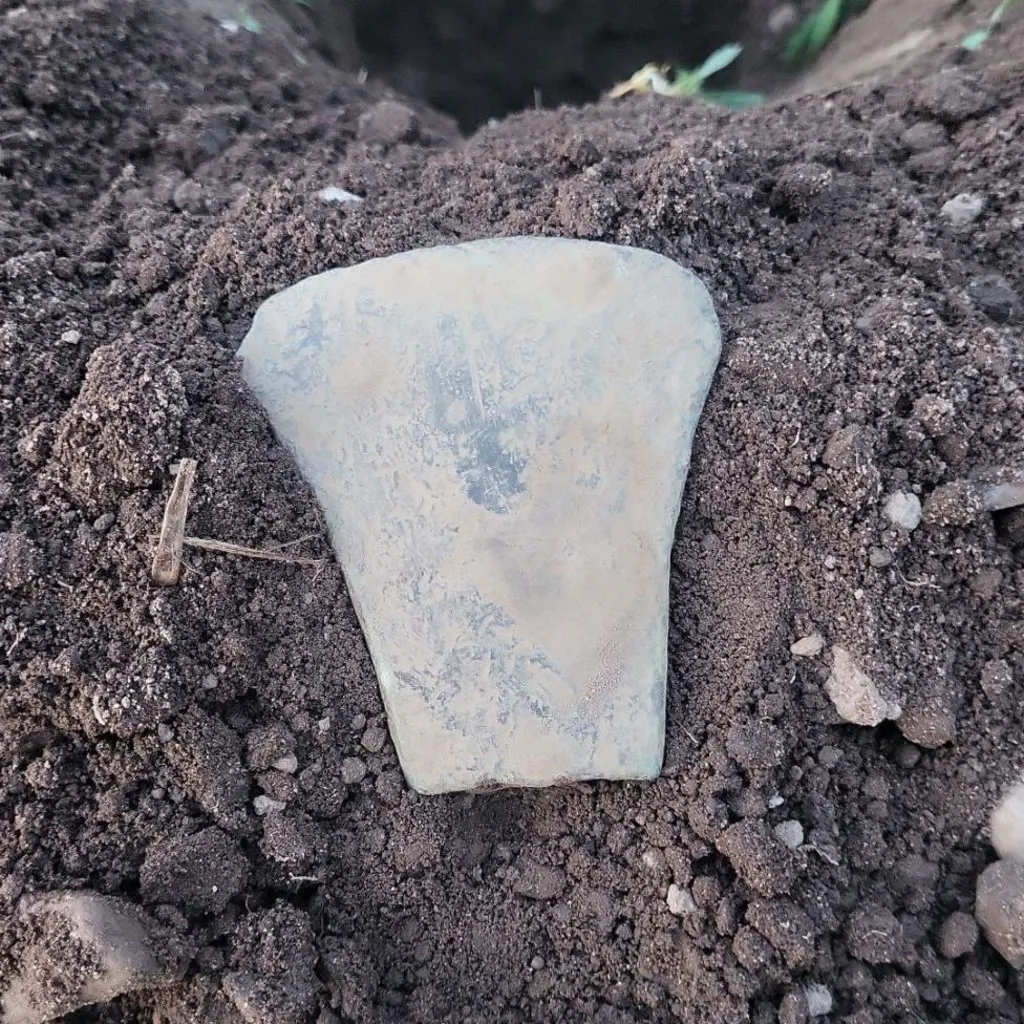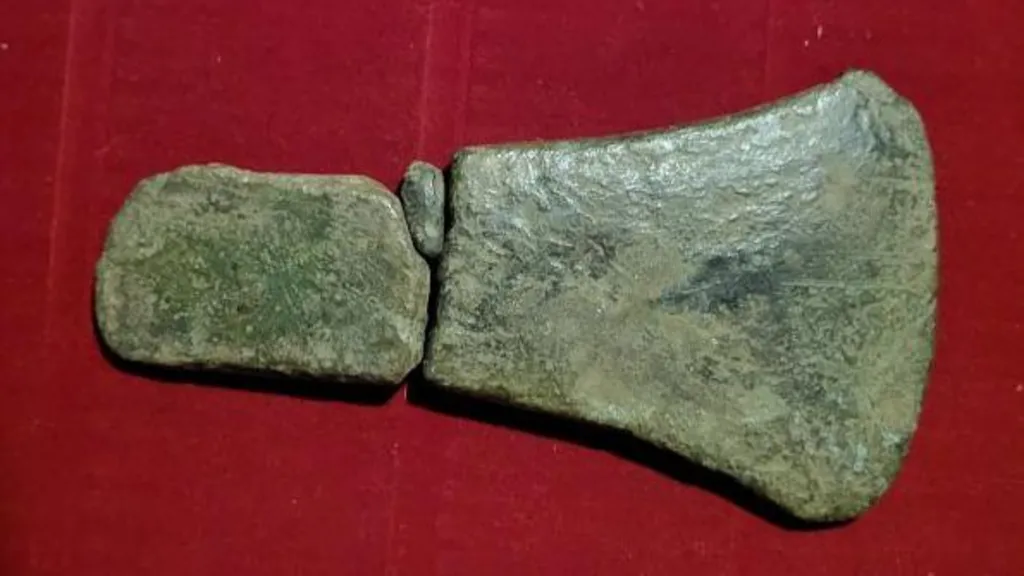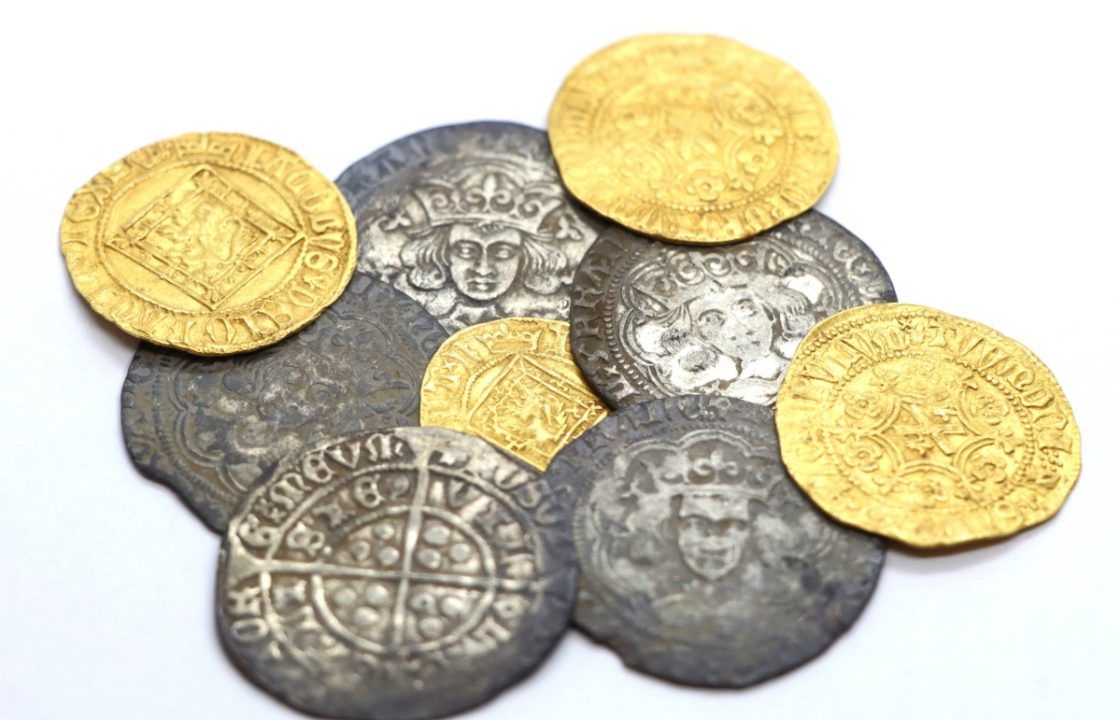Metal detector enthusiast discovers a prehistoric 4,000-year-old Bronze Age axe in Aberdeenshire.
A metal detectorist has uncovered a 4,000-year-old Bronze Age axe head in a field near Turriff, Aberdeenshire, Scotland. Cameron Anderson, 45, discovered the artifact in three separate parts over several days on his family’s farmland.
Speaking to BBC Scotland, Anderson described the find as “the oldest and most significant thing I’ve ever discovered.” He credits his success to a more advanced metal detector he received as a Christmas gift from his wife.
Discovery Unfolds Over Multiple Days
Anderson first received a strong signal while scanning a field and, after some digging, found the first piece of the axe head. Over the next few days, he located the remaining two fragments, completing the artifact like a “4,000-year-old jigsaw puzzle.”

The discovery was promptly reported to Treasure Trove Scotland and Aberdeenshire Council, who confirmed the significance of the find.
Experts: “A Prestige Object from the Dawn of Metalworking”
Treasure Trove officials confirmed the axe head dates back to the Early Bronze Age and noted that such flat axe heads are common in Scotland. However, the fact that this one was found in three fit-together pieces suggests it may have been intentionally broken before being buried, a ritualistic practice known in prehistoric archaeology.

Bruce Mann, senior archaeologist at Aberdeenshire Council, verified the object as a flat axe head likely dating back 3,800 to 4,200 years. He noted that such tools marked the emergence of metalworking in Scotland and described them as “prestige items.”
“The transition from a stone to a metal world must have had a profound impact on ancient societies,” Mann added.
Cover Photo: Cameron Anderson is thrilled to find the 4,000-year-old stone.





Leave a Reply